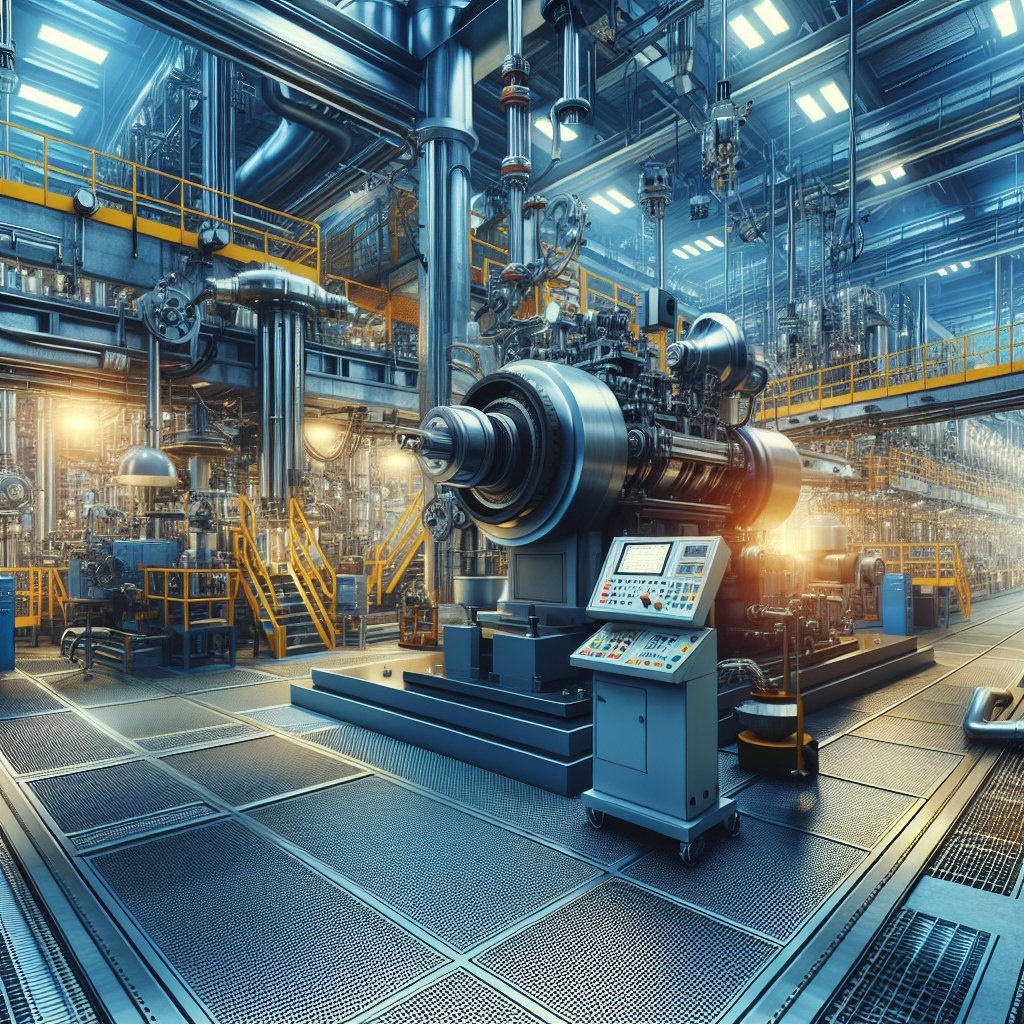
Ensuring safety in industrial machine operations is a critical concern for businesses worldwide. With the increasing complexity and automation of machinery, the potential risks associated with their operation have also grown. This article explores various strategies and best practices to enhance safety in industrial environments, focusing on both technological advancements and human factors.
Understanding the Risks in Industrial Machine Operations
Industrial machine operations involve a wide range of activities, from manufacturing and assembly to packaging and distribution. Each of these activities carries inherent risks that can lead to accidents, injuries, or even fatalities if not properly managed. Understanding these risks is the first step in improving safety.
One of the primary risks in industrial settings is the potential for mechanical failure. Machines are complex systems with numerous moving parts, and any malfunction can result in dangerous situations. Regular maintenance and inspections are crucial to identify and address potential issues before they lead to accidents.
Another significant risk factor is human error. Operators may make mistakes due to fatigue, lack of training, or miscommunication. Implementing comprehensive training programs and fostering a culture of safety can help mitigate these risks. Additionally, clear communication channels and standardized operating procedures are essential to ensure that all workers are aware of the correct protocols.
Technological Advancements in Safety
Technological advancements have played a significant role in enhancing safety in industrial machine operations. Automation and robotics have reduced the need for human intervention in hazardous tasks, minimizing the risk of accidents. However, these technologies also introduce new challenges, such as the need for specialized training and the potential for system failures.
One of the most promising technological developments is the use of sensors and IoT (Internet of Things) devices to monitor machine performance in real-time. These devices can detect anomalies and alert operators to potential issues before they escalate. Predictive maintenance, powered by data analytics and machine learning, allows for proactive identification of maintenance needs, reducing the likelihood of unexpected breakdowns.
Safety interlocks and emergency stop systems are also critical components of modern industrial machinery. These systems are designed to halt operations immediately in the event of a malfunction or emergency, preventing accidents and minimizing damage. Regular testing and maintenance of these safety features are essential to ensure their effectiveness.
Human Factors and Safety Culture
While technology plays a vital role in improving safety, human factors remain a critical component. Establishing a strong safety culture within an organization is essential to ensure that all employees prioritize safety in their daily activities. This involves not only providing comprehensive training but also encouraging open communication and reporting of safety concerns.
Leadership commitment is crucial in fostering a safety culture. Management should lead by example, demonstrating a commitment to safety and providing the necessary resources for safety initiatives. Regular safety audits and feedback sessions can help identify areas for improvement and reinforce the importance of safety.
Employee involvement is another key aspect of a strong safety culture. Encouraging workers to participate in safety committees and initiatives empowers them to take ownership of safety practices. Recognizing and rewarding safe behavior can also motivate employees to adhere to safety protocols.
Implementing Safety Best Practices
Implementing best practices is essential to improve safety in industrial machine operations. One of the most effective strategies is the development of comprehensive safety protocols and procedures. These should be clearly documented and easily accessible to all employees. Regular training sessions and drills can help reinforce these protocols and ensure that workers are prepared to respond to emergencies.
Risk assessments are another critical component of safety management. Conducting regular assessments can help identify potential hazards and develop strategies to mitigate them. This process should involve input from employees at all levels, as they often have valuable insights into the risks associated with their specific tasks.
Personal protective equipment (PPE) is a fundamental aspect of industrial safety. Ensuring that all employees have access to appropriate PPE and are trained in its use is essential to protect them from potential hazards. Regular inspections and maintenance of PPE are also necessary to ensure its effectiveness.
Conclusion
Improving safety in industrial machine operations requires a multifaceted approach that combines technological advancements with a strong safety culture. By understanding the risks, leveraging technology, and fostering a commitment to safety at all levels of the organization, businesses can create a safer working environment for their employees. Implementing best practices and continuously evaluating and improving safety measures will help reduce the likelihood of accidents and ensure the well-being of all workers.

